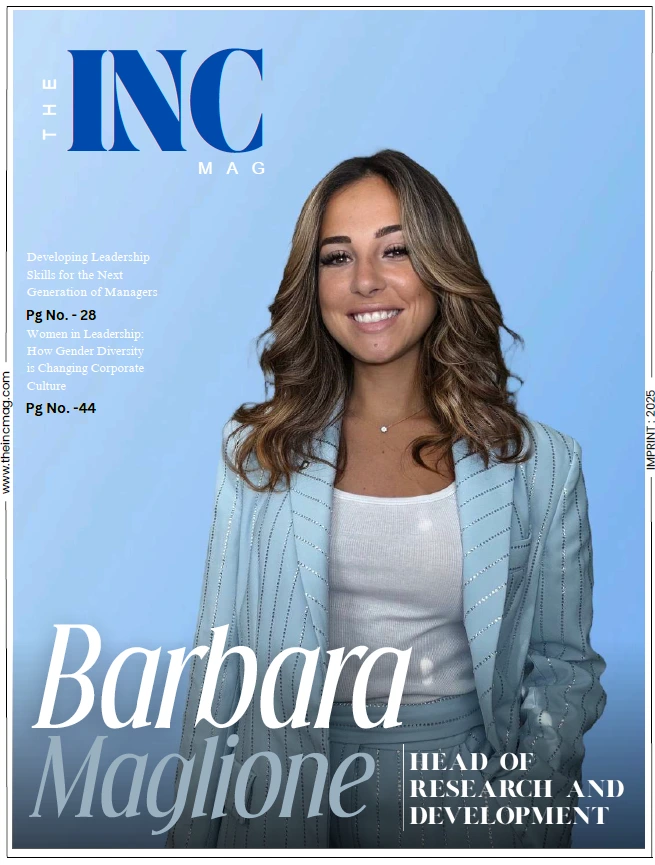Luxury Retail Hit by Tariffs — But Resilient

Luxury Retail in 2025: Navigating Uncertainty with Prestige and Resilience
Despite geopolitical turbulence, rising tariffs, and macroeconomic slowdowns, the global luxury market is holding steady. A recent study by Bain & Company projects a modest decline of 2–5% in global luxury goods sales in 2025—but this is hardly a collapse. In fact, luxury brands are adapting with agility, innovation, and brand-first strategies.
The Global Tensions at Play
Ongoing tensions between major economies—particularly U.S.-China trade friction and EU policy shifts—have introduced new tariffs on high-end imports. Luxury players are facing increased operational costs, constrained supply chains, and more localized marketing challenges.
Yet, legacy brands are not backing down. Many are expanding into digital-first experiences, tapping into generative AI for personalization, and doubling down on their sustainability commitments.
From Status to Substance
Today’s consumers, especially Gen Z and Gen Alpha, are seeking more than status. They expect transparency, cultural alignment, and ethical craftsmanship. Brands like Hermès, Bvlgari, and LVMH are responding by showcasing sustainability in product sourcing, adopting blockchain for authenticity, and delivering immersive shopping experiences that bridge physical and digital spaces.
A Shift in Market Geography
Growth is shifting. While China and Western Europe remain critical markets, brands are investing in emerging hubs like Southeast Asia, Latin America, and the Middle East. Dubai, for instance, has become a global luxury showcase and experiential retail powerhouse.
Business Takeaway
Luxury’s resilience lies in its ability to pivot. For businesses, the lesson is clear: premium positioning alone is no longer sufficient—cultural relevance and ethical leadership are now competitive differentiators.








